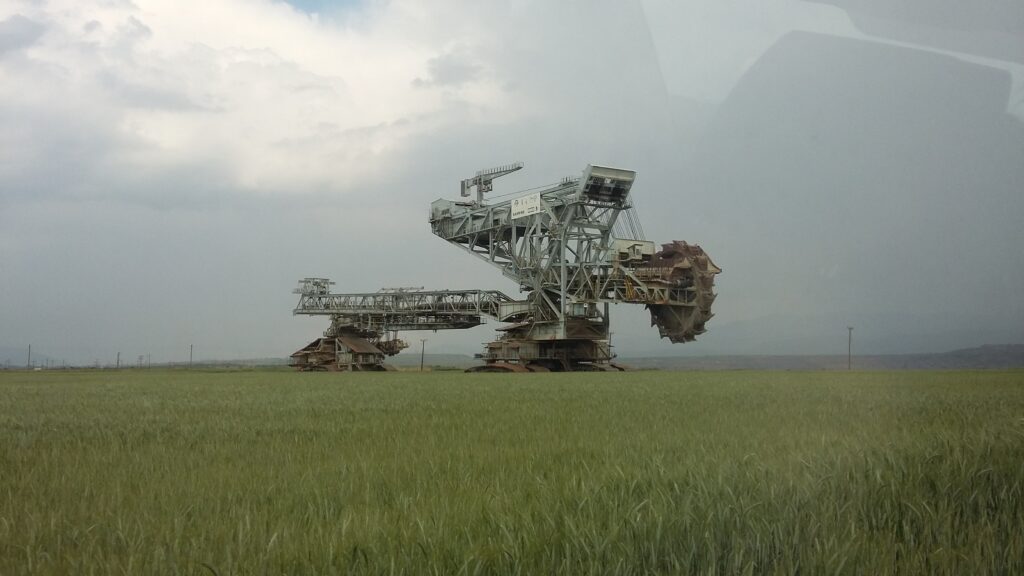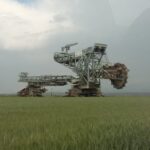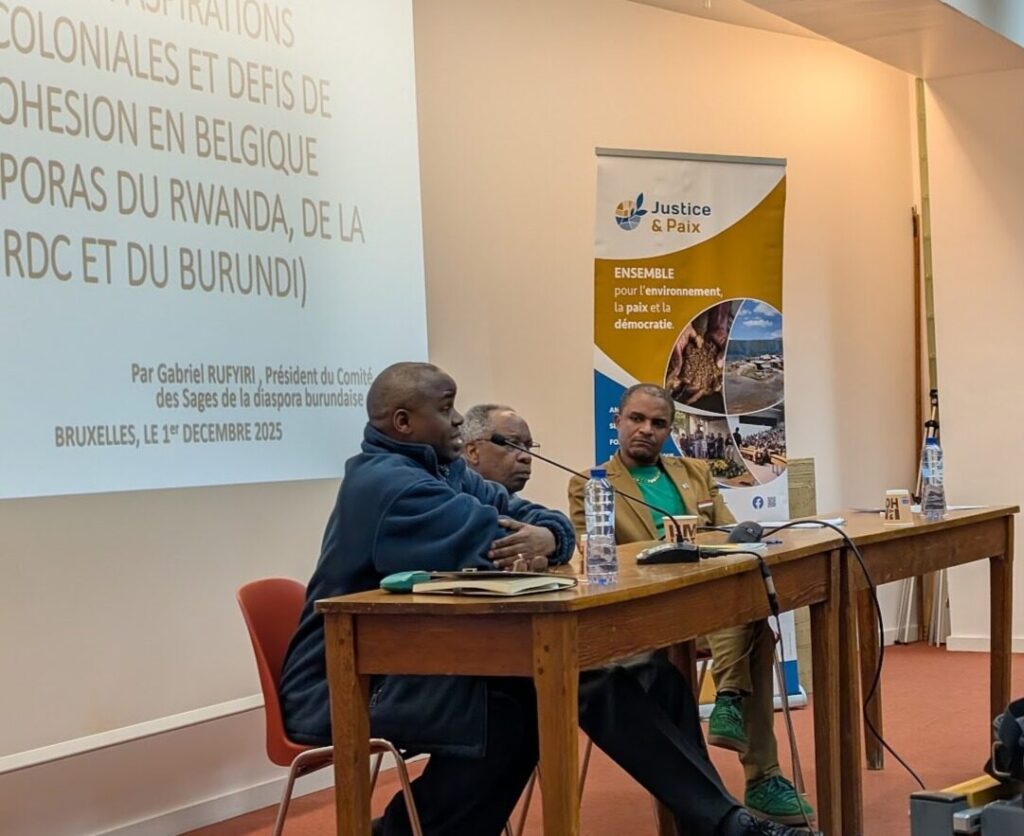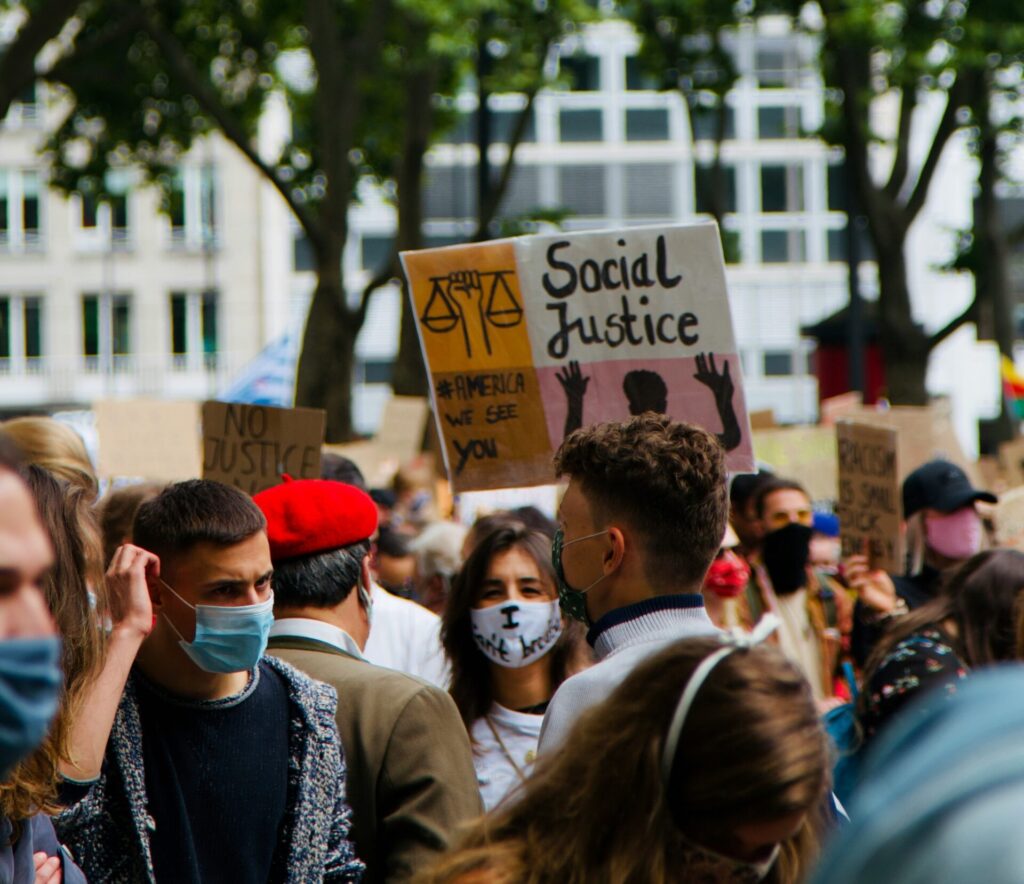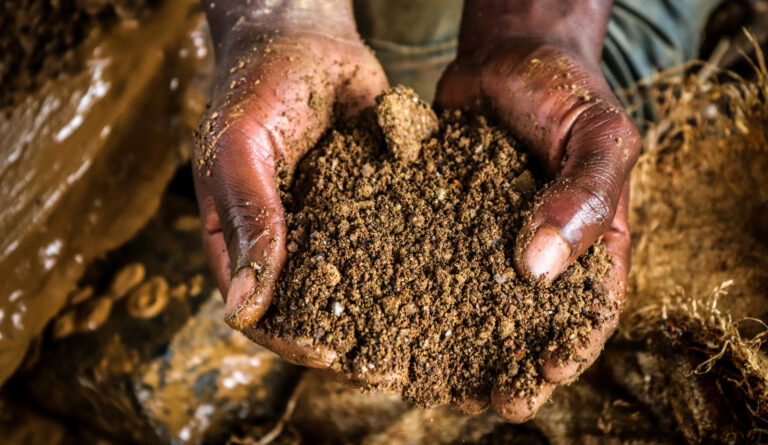Despite the recent closure of Greece's third economic "bailout", the country still faces immense challenges. Entangled in its financial calculations, the government clearly seems to be relegating the energy transition to second place. The third largest producer of coal in Europe, Greece nevertheless illustrates the difficulty of European countries in getting rid of this source of energy belonging to the past and weighing heavily on the future.
 Report from Justice and Peace following a mission to Greece organized by the French collective ISF Systext.
Report from Justice and Peace following a mission to Greece organized by the French collective ISF Systext.
Attachments
Notes[+]
| ↑1 | The first name used is an assumed first name. |
|---|---|
| ↑2 | Lignite is a low-rank coal composed of 50 to 60% carbon. |
| ↑3 | Installed power means the theoretical maximum electricity production capacity of the entire fleet of power plants of a given type, or in a given country. |
| ↑4 | The process consists of burning the crushed lignite in the form of dust at 1400 degrees so that it can heat the water which will transform into steam at high pressure and drive the turbine whose rotation will be transformed into electrical energy. |
| ↑5 | This first name is an assumed first name. |
| ↑6 | The other main reason for the lawsuit was that the new “Ptolemaida V” plant operational in 2020/2021 will not use the most advanced depollution technologies and therefore does not respect the Greek National Transition Plan. |
| ↑7 | Fly ash is the toxic residue from coal combustion. |
| ↑8 | International Energy Agency. |
| ↑9 | This involves, among other things, soil restoration through experimentation with orchard plantations. |
| ↑10 | The latter would be operational in 2020/2021. |
